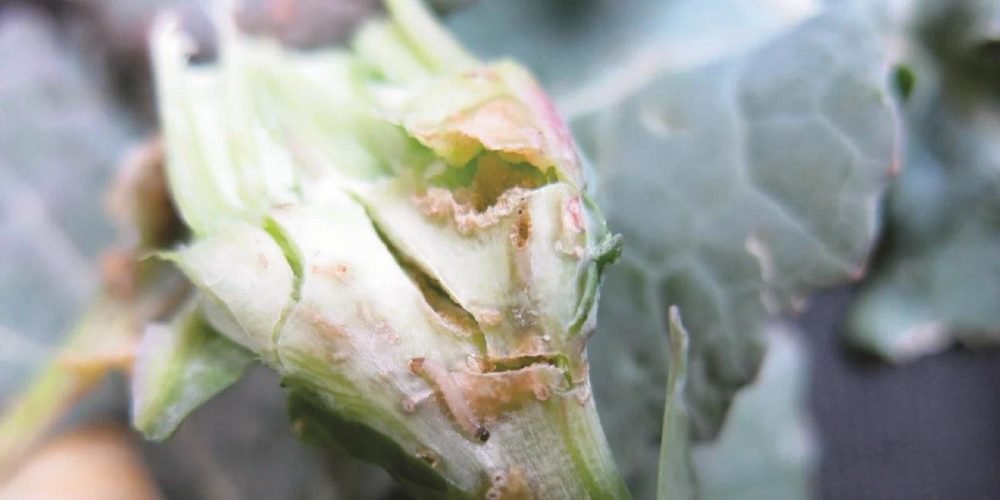Table of contents of the article
Toggle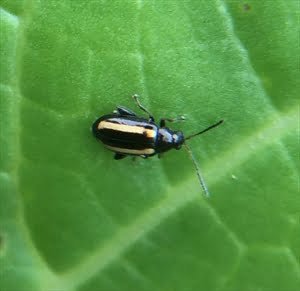
The flea beetle is one of the insects that causes significant damage to cabbage leaves and other crops. In this article from “WORLD OF PLANTS,” we discuss effective prevention and control methods.
Introduction to the flea beetle (cabbage beetle)
Cabbage beetle: Cabbage fla beetle
Chrysomelidae: scientific name
Type of disease: insects
. It is also found in beans, pepper, hot pepper, eggplant, peas, cucumber, pumpkin, zucchini, tomatoes, cabbage, potatoes, green and black cowpeas, Indian peas, red peas, soybeans.
Geographic spread of the flea beetle (cabbage beetle)
The insect is widespread in Europe, northwest Asia, and North Africa.
Cause of disease
There are many insect species belonging to the flea beetle that attack many plant species. Most adult insects are small in size (4 mm), dark in color, and sometimes appear shiny or metallic in color. They have oval bodies and large hind legs for jumping. The larvae live in the soil and feed on plant roots and tubers, while the adult insects feed on young plants. Adult insects spend a dormant period in crop residues, soil, or weeds around fields. Insects are active again in the spring season. An insect can have from 1 to 4 generations per year depending on the insect type and weather conditions.
Suitable conditions for the flea beetle
Flea beetles prefer warm, dry climates.
Flea beetle life cycle
During the summer the adults become inactive and move to cool, shady places before returning to feed on brassica plants in the fall. After a few weeks, eggs are laid from which larvae emerge, which tunnel into the petioles of brassica plants throughout the winter and into spring depending on weather conditions. From late autumn the larvae migrate to the soil to pupate. Adults hatch from these cocoons in the summer. Adults can also overwinter in hedges and other protected areas, where they emerge in late spring to feed on leaves and pods. There is one generation per year. Large numbers of adults have been seen crawling across seed trailers at harvest, but they do not cause any damage.
Effect of flea beetle
The cabbage stem flea beetle is widespread in the UK and northern Europe. Damage caused by CSFB adult feeding results in “bullet hole” symptoms that affect early cotyledons and leaves, resulting in stunting and poor plant vigor. If the damage is severe, it may kill the seedlings even before they emerge. Pyrethroid sprays should be applied when necessary. If CSFB adults continue to attack into the fall, crops should be monitored for the presence of larvae and another pyrethroid insecticide should be used if necessary.
Symptoms of flea beetle
- The appearance of holes with a diameter of 2-12 mm and traces of leaf pinching.
- Adult insects are dark in color and sometimes appear shiny or metallic
- The larva lives in the soil and feeds on roots while the adults feed on young plants. . Narrow straight tunnels of different sizes appear on the tubers.
- Adult insects feed on leaves. Symptoms appear as holes scattered on the surface of the leaf, as well as traces of leaf gnawing on its edges. Slight yellowing may appear in places. Symptoms appear as straight and narrow tunnels on the tubers of different lengths depending on the type of insect. Sometimes bumps appear on the surface of the tuber.
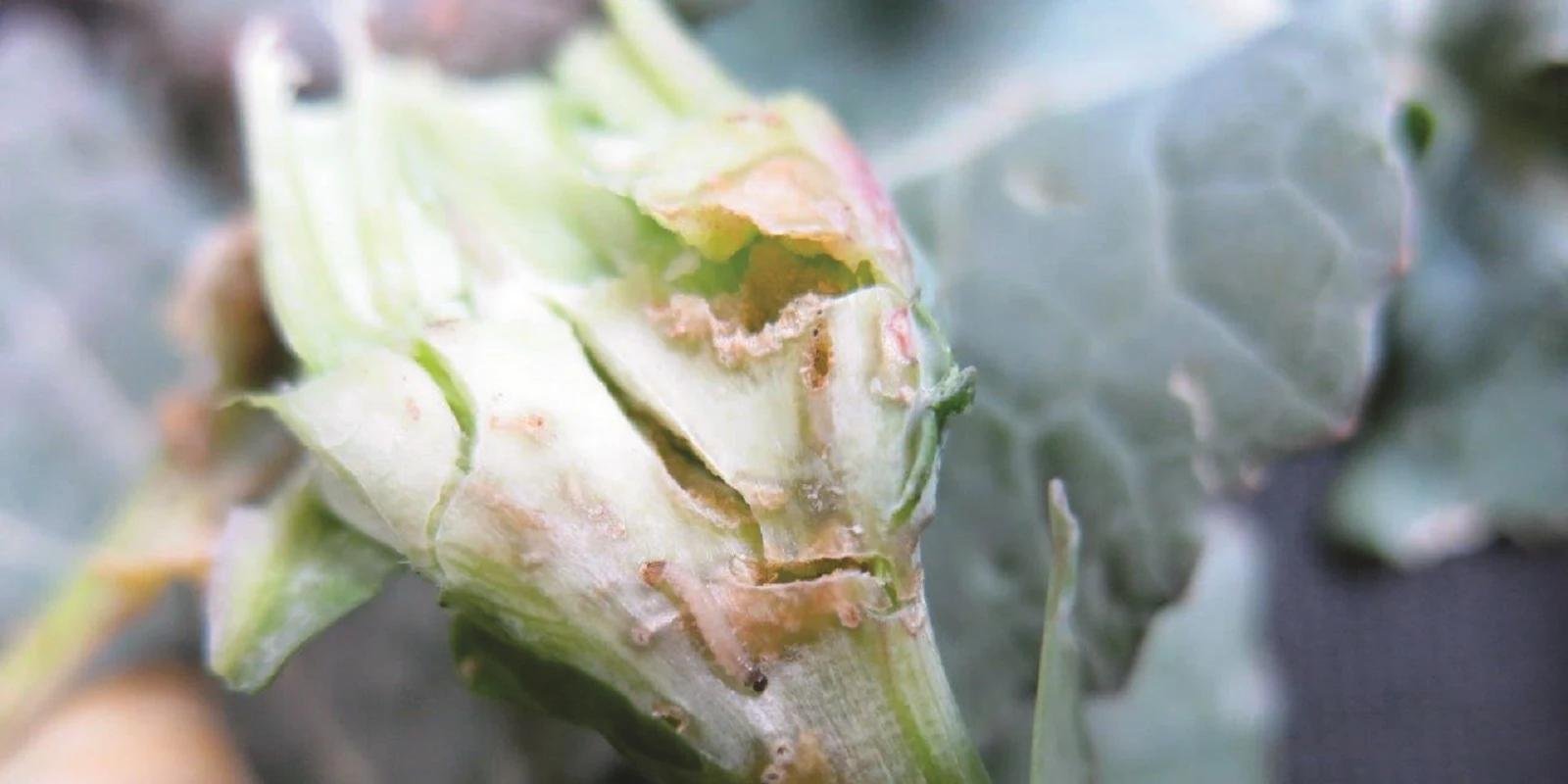
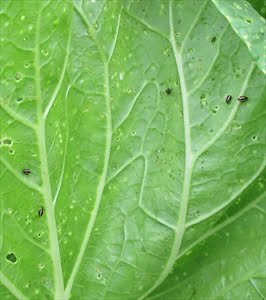
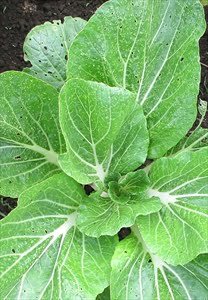
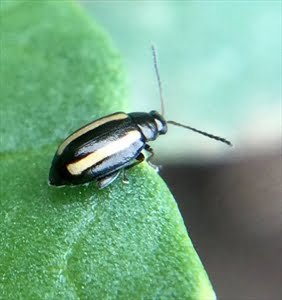
Flea beetle preventive measures
- Plastic cover of the soil disrupts the egg laying process as well as larval metamorphosis.
- Plants should be monitored, especially in spring.
- Planting dates can be adjusted to avoid periods of insect activity.
- Good fertilization and irrigation must be ensured for the plants.
- Plants can be grown as traps to keep insects away from the crop.
- Planting non-family plants that repel insect pests.
- Taking care of weeds and wild plants.
- Crop residue must be removed so that it does not become a pest.
Recommendations for combating the flea beetle
We recommend applying organic control in the early stages of the disease or when the crop is close to harvest. In the more advanced stages of the disease, please use chemical control. It is not recommended to mix or use different products at the same time.
1. Organic control
Aphid larvae and adult insects of the giraffe beetle and later parasitic wasps feed on and kill the adult insects of flea beetles. Also, some types of nematodes can attack larvae that live in the soil, and fungal pathogens, agricultural soap, or the bacterial insecticide spinosad can also be used to combat this pest.
2. Chemical control
Integrated preventive measures must be followed, along with the use of biological control, if available. Pesticides must be used during periods when the insect is sensitive, specifically when the insect is on the leaves. Pesticides containing the active ingredients acetamiprid and malathion can achieve success in combating this pest.
In conclusion, we would like to note that we, at the world of plants website, offer you all the necessary services in the world of plants, we provide all farmers and those interested in plants with three main services::-
- Artificial intelligence consulting service to help you identify diseases that affect plants and how to deal with them.
- Blog about plants, plant diseases and care of various crops ... You are currently browsing one of her articles right now.
- An application that provides agricultural consultations to clients, as well as a service for imaging diseases and knowing their treatment for free – Click to download the Android version from Google Play Store، Click to download the IOS version from the Apple App Store.
References
Author Graham Jackson – Information from Phyllotreta undulata (less striped flea beetle). Crop protection summary. (https://www.cabi.org/cpc/datasheet/40785). Produced with support from the Australian Center for International Agricultural Research under project PC/2010/090: Promoting integrated crop management research in the Pacific Islands to support the sustainable intensification of high-value crop production, implemented by the University of Queensland and the Pacific Community Secretariat.
Author: Dr. Abdul Nabi Bashir, Dr. Muhammad Zuhair Mahmalji - Book or source: Insects of field crops, “Theoretical Part 2011” - Part and page: pp. 322-323 - Section: Agriculture / Plant pests and diseases and methods of controlling them / Insects / Types and genera of insects harmful to plants.
Author: Dr. Iman Badawi Morsi Ahmed and Dr. Ramadan Abdel Qader Salama and others - Book or source: Economic Insects - Part and page: pp. 144-145 - Section: Agriculture / Plant pests and diseases and methods of controlling them / Insects / Types and genera of insects harmful to plants /


